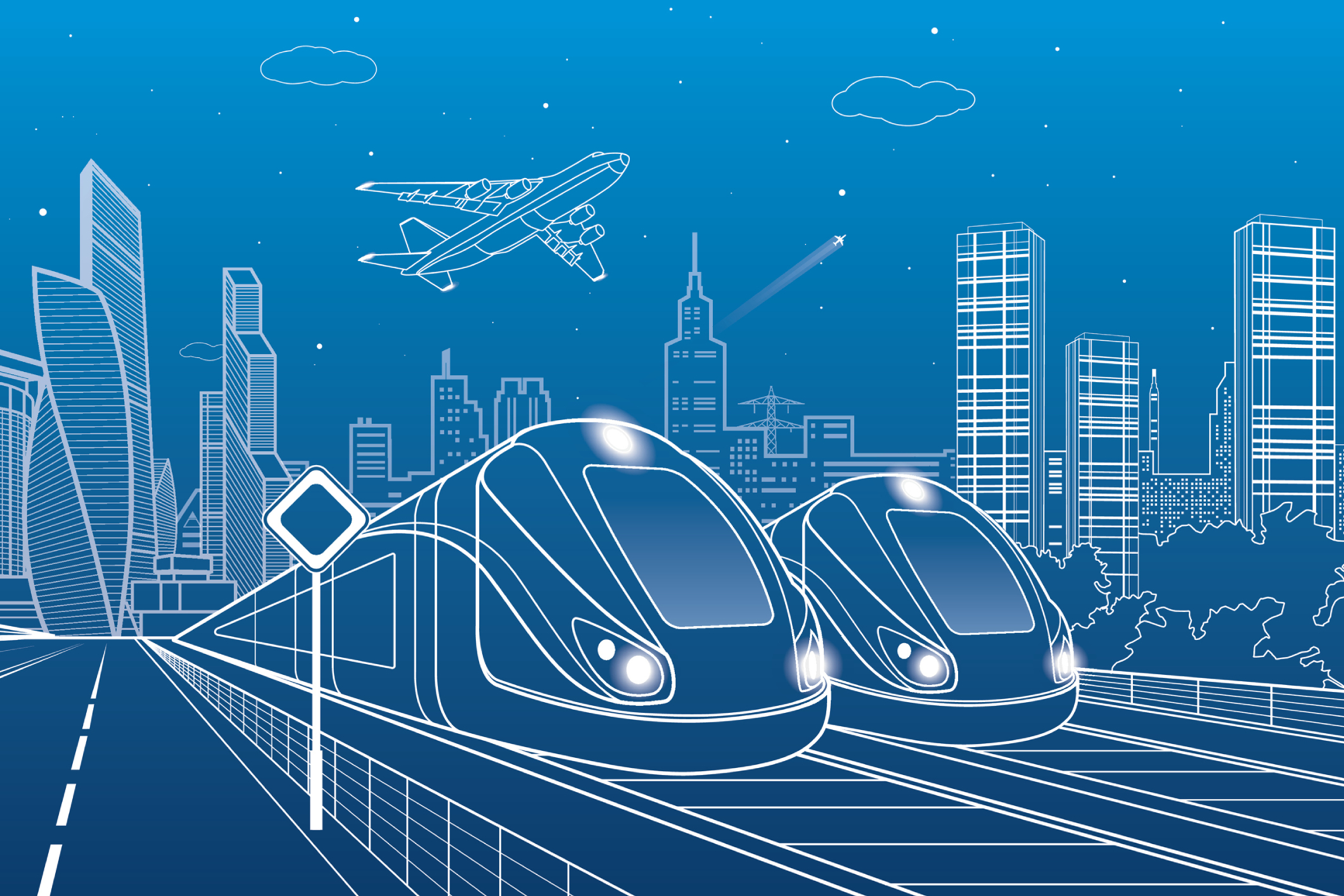Robert B. Noland
The Infrastructure Investment and Jobs Act (IIJA), more commonly known at the Bipartisan Infrastructure Bill will soon be delivering large amounts of transportation funding to the states, including New Jersey. The Bill extends beyond just traditional transportation funding, including funds for an electric vehicle charging network, broadband, and resilience, among other critical needs. However, funds for transportation are a large share of the funds available, mainly covering highways, bridges, transit, and Amtrak.
How this funding is allocated and spent in New Jersey can have impacts on other policies, such as greenhouse gas reduction goals, community livability, and safety for all travelers, especially pedestrians. These decisions are largely determined by the New Jersey Department of Transportation in collaboration with the three Metropolitan Planning Organizations that cover the state. While much will be devoted to necessary maintenance of existing infrastructure (both roads and bridges) and public transit, there will be pressures to expand highway capacity with the justification that this is needed to reduce congestion.
As past practice and research has demonstrated, expansion of highway capacity is a misguided approach for reducing traffic congestion. It has long been known that any increase in capacity will rapidly fill up leading to similar, if not worse, levels of congestion. This phenomenon is known as induced demand and can be simply explained as a behavioral reaction of those using the road. In simple economic terms, people react to the reduction in travel time which is the main cost associated with transportation. If an increase in capacity reduces travel times, some commuters will opt to drive at peak times that they may have previously avoided, others will abandon public transit since it is now relatively easier to drive, and others will make trips at peak times that they previously did not take. Increased highway capacity can also induce development in exurban areas of the state. These are typically car-dependent developments without good transit access and will simply lead to more car trips and congestion in the long run.
Policy makers need to consider how transportation spending affects other policy goals. New Jersey is vulnerable to the impacts of climate change, particularly in shore communities, but also all areas of the state with potential flooding due to more intense storms. Increased travel by vehicles will lead to more greenhouse gas emissions. Some may argue that this will matter less as we electrify the vehicle fleet (and IIJA provides funding for electric vehicle charging infrastructure), but if roads remain congested this hardly satisfies the goal of reducing congestion. If the main policy goal of transportation spending is congestion reduction, then the policy solution is to implement widespread congestion pricing.
Congestion pricing, however, can exacerbate other policy goals, such as providing equitable access for all. More focused congestion pricing solutions, such as pricing one lane on a congested road provides travelers with a choice, and many regions around the country have implemented this sort of policy. Other approaches can include providing more transit options and focusing development around walkable areas near transit stations (e.g. transit-oriented development).
Policy makers must carefully define their goals and understand how transportation spending can work to achieve those goals or how it works against them.
Further reading
Noland, R. B. (2001). Relationships between highway capacity and induced vehicle travel. Transportation Research Part A: Policy and Practice, 35(1), 47-72. https://doi.org/10.1016/S0965-8564(99)00047-6
Noland, R. B., & Lem, L. L. (2002). A review of the evidence for induced travel and changes in transportation and environmental policy in the US and the UK. Transportation Research Part D: Transport and Environment, 7(1), 1-26. https://doi.org/10.1016/S1361-9209(01)00009-8
Blumgart, J. (2022). Why the Concept of Induced Demand Is a Hard Sell, Governing, https://www.governing.com/now/why-the-concept-of-induced-demand-is-a-hard-sell

